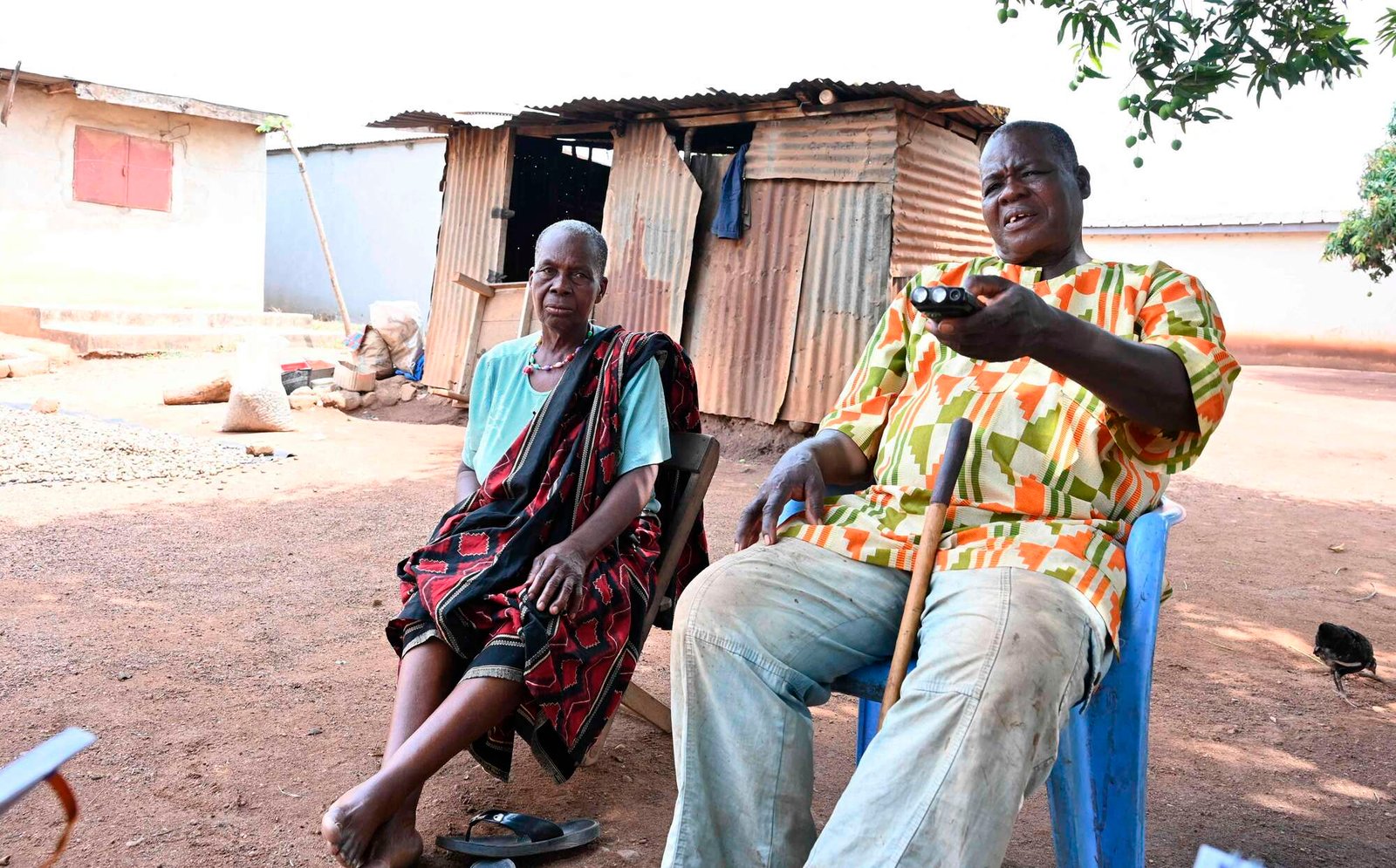[ad_1]
“My grandson fell ill during the night and in the morning he was dead. He was a year and a few months old and could just about walk,” said Amena Djaha.
Seated under a mango tree in Kpo-Kahankro, a village in central Côte d’Ivoire, the grandmother was still in shock at seeing a young life scythed down with such speed.
Dorothee Kouame Ahou, a grandmother at the age of 46, recounted tearfully how she lost her three-year-old granddaughter — “my princess” — to the mystery disease.
Their grandchildren are among 21 people in the village who have died in the last two months — an episode in which ancient beliefs in magic have collided with western notions of law and medicine.
Vomiting
The nightmare began on December 2, when six children suddenly began to vomit, went into spasm and died several hours later.
In late January, 12 other children and three elderly people died in similar circumstances, according to the villagers, and dozens were taken to hospital in the nearby town of Bouake.
Within the village, a belief firmly took root that powerful magic was at work — “something mystical”, in the words of local chief Nanan Patrice Koffi.
As panic spread, people fled the village, the school was closed and the government dispatched senior politicians to the area to try and calm things down.
Fetish
The finger of blame eventually pointed at a prominent village figure, François Kouame Kouadio.
He was accused of installing a talisman, an object of witchcraft also called a fetish, that had wreaked misery on the village.
In early February, an object comprising animal skins and vegetables was found buried on his land with, on the ground above, a gourd containing an unknown liquid. The fetish had been installed to protect the land.
The authorities, who have officially recorded 18 deaths, found traces of a common but deadly bacterium, clostridium, both in the gourd’s liquid and on corpses that they tested.
Found in soil and the intestinal tracts of animals, including humans, the microbe can cause botulism — a disease that causes vomiting and muscle paralysis — and other diseases.
The discovery unleashed a fast-track trial last Thursday in which Kouadio and a self-described practitioner of witchcraft were accused of charlatanism and disturbing public order, and were each jailed for five years.
Denial and doubt
Jerome Yao Kouakou, 40, who supplied the fetish, denied that his talisman had harmed the infants.
“The fetish can’t hurt two-year-old children,” he said.
Djaha, too, doubted that the microbe was to blame.
“My grandson was never in contact with that object (the fetish). He could barely walk and never left the courtyard,” she said.
Her home lies several hundred metres (yards) from where the fetish was located.
But investigators say Kouadio ritually touched the contaminated liquid in the gourd — and through his contact with others the germ presumably spread.
“All it needs is for a child to be in contact with the bacteria and to put his hands in his mouth for him to fall sick.
“He can contaminate toys, objects and other children,” said Joseph Benie Bi Vroh, director of Côte d’Ivoire’s National Institute of Public Hygiene, which carried out the tests.
Dread remains
Fatalities have stopped but dread remains.
“Of course, we’re afraid,” said Paul Kouassi, who heads a local youth group, noting that there was a one-month gap between the two fatal episodes.
“I pray that it never comes back,” said village chief Koffi. “Our children haven’t even been buried yet.”
[ad_2]
Source link



